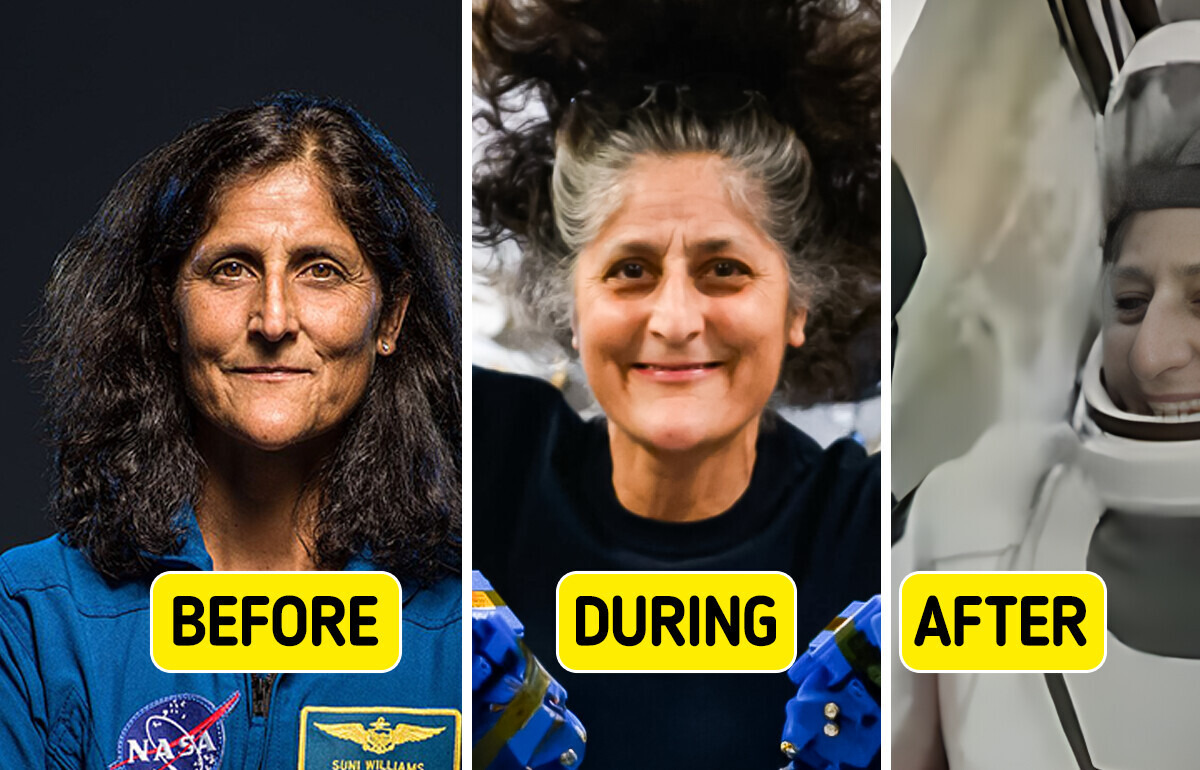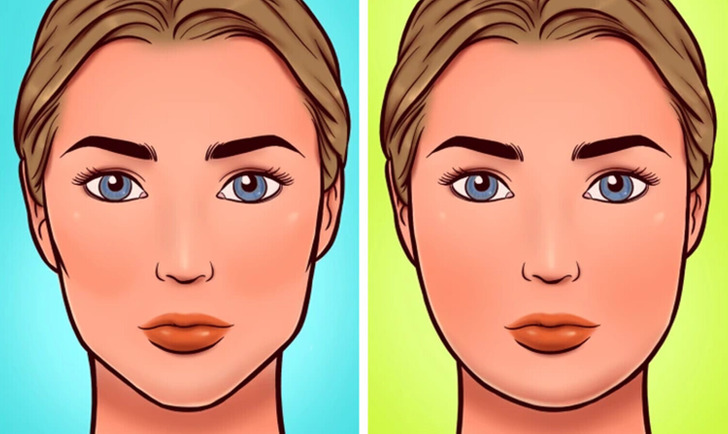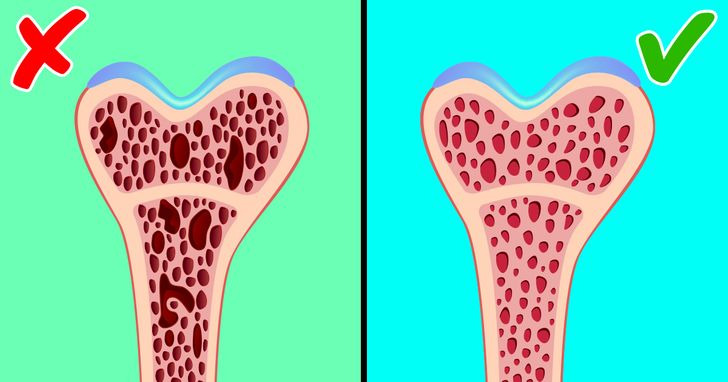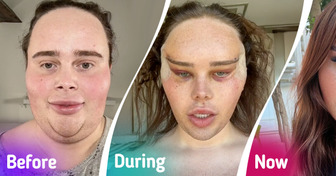A Girl Born Without Nose, Who Was Called “Voldemort”, Proved Everyone Is Beautiful in Their Own Way


Astronauts Butch Wilmore and Suni Williams set off for a brief 10-day mission aboard the International Space Station on June 5, 2024. But a malfunction with the thrusters turned their journey into an unexpected 286-day adventure. Their extended stay made them some of NASA’s longest-serving astronauts on a single mission.
So, what exactly happens to the human body after spending almost 9 months in space? It turns out the effects are mind-blowing, and you don’t need to be a rocket scientist to appreciate them. Keep reading to discover what happens when the human body is in microgravity for an extended period.
Extended time in space weakens the immune system, making astronauts more susceptible to infections. Alterations in immune cell function and the reactivation of dormant viruses are common, making it crucial to monitor astronaut health and develop countermeasures.

In the absence of gravity compressing their spines, astronauts can grow up to 3% taller in the first few days of weightlessness. The spine elongates as pressure is taken off, but once they return to Earth, gravity brings them back to their normal height within a few days.
Astronauts can experience Spaceflight-Associated Neuro-ocular Syndrome, which causes vision problems during and after extended missions. The shift in fluids can increase pressure on the optic nerve, leading to swelling and changes in the shape of the eyeball. Although some effects are temporary, there are concerns about lasting vision issues.
In microgravity, muscles don't have to work against gravity, leading to muscle atrophy. Astronauts can lose up to 20% of their muscle mass in just a few days if they don’t exercise regularly. To fight this, they exercise for around two hours each day using specialized equipment, but some muscle loss is unavoidable, requiring rehabilitation upon their return to Earth.
Astronauts are exposed to higher levels of cosmic radiation while outside Earth’s protective atmosphere, which can increase the risk of cancer and potential cognitive decline. While the ISS offers some shielding, long-duration missions still pose a significant radiation risk.

Bones depend on gravity to maintain their strength. Without it, astronauts experience significant bone density loss, particularly in the hips and legs. They lose about 1% of bone mass per month, a much higher rate than what is seen in elderly people on Earth. This makes astronauts more vulnerable to fractures and poses a serious challenge for long-term space missions.
Space travel isn’t just about exploring the universe—it's also about discovering how our bodies react to extreme conditions. Despite all we’ve learned, the human body remains a huge mystery. Ever wonder why labor starts or why some people heal faster than others? There’s so much more to uncover about how our bodies function! 💫🧠











